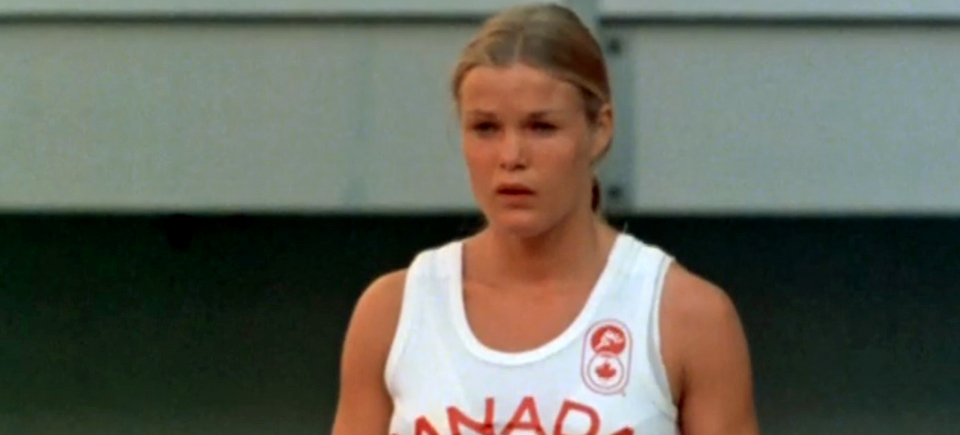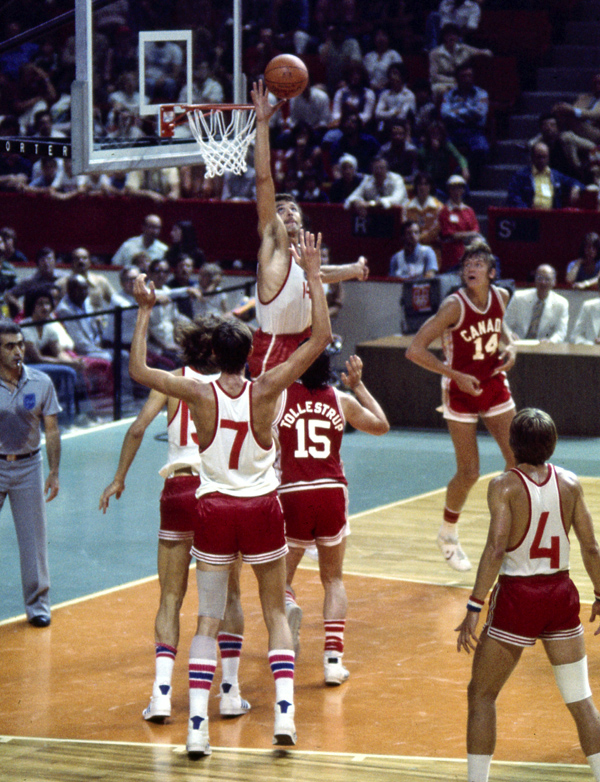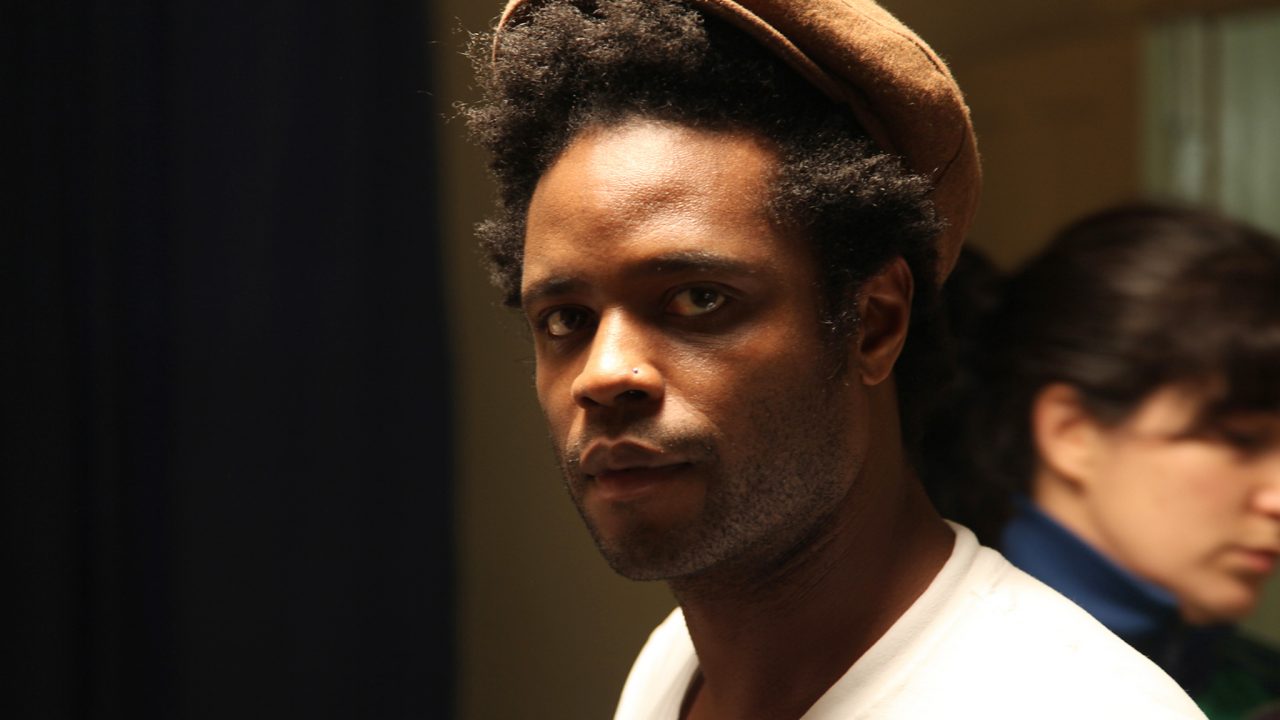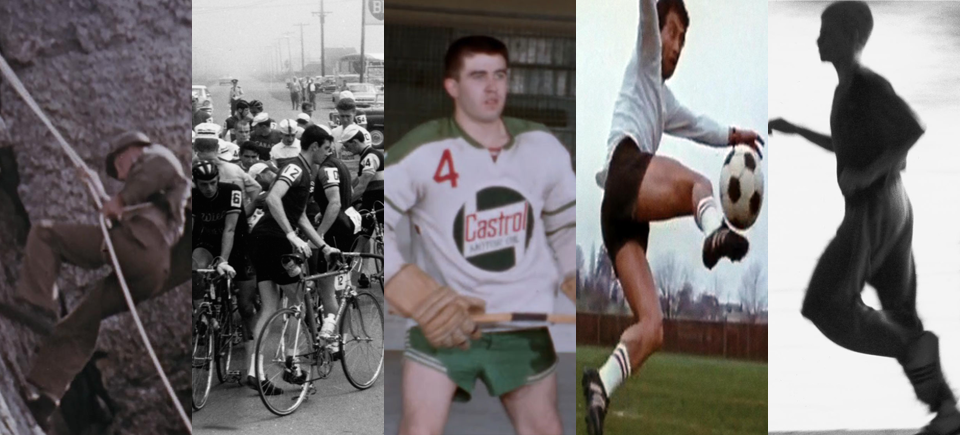
40th Anniversary of the 1976 Olympics: A Look at the Athletes that Did Not Medal
40th Anniversary of the 1976 Olympics: A Look at the Athletes that Did Not Medal
When Montreal was awarded the 1976 Olympics, the National Film Board of Canada was commissioned by the International Olympic Committee to produce the official film of the event. At the same time, the NFB produced several satellite films focusing on individual sports and athletes.
My blog post today will focus on one of the satellite films, Paul Cowan’s terrific documentary I’ll Go Again. In it we follow four Canadian athletes and the Canadian National Basketball team during their competitions at the Games. Neither the team nor any of the athletes won a medal. Yet their compelling struggles epitomize the Olympic Creed: “The important thing in life is not the triumph, but the fight; the essential thing is not to have won, but to have fought well.”
I'll Go Again, Paul Cowan, provided by the National Film Board of Canada
The film follows Canadian champion Diane Jones, an athlete from Saskatoon, as she competes in the pentathlon. Jones was considered a medal hopeful, as she had previously earned a bronze medal at the 1973 Universiade Games and a gold medal at the 1975 Pan American Games. As we see in the film, her preparation was intense but she had difficulty bringing her training to a peak at just the right time. Unfortunately, the field was full of top competitors and a few mental errors ended up costing her a chance at a medal. Jones ultimately finished sixth in the event, an improvement of four places from her finish at the previous Olympics. She later won the gold medal in pentathlon at the 1978 Commonwealth Games and repeated as Pan Am champion in 1979.
The story of wrestler Egon Beiler is similar to that of Jones. A six-time Canadian champion, he had also competed at the 1972 Olympics without winning, but later won the gold medal in his weight class at the 1974 Commonwealth Games and the 1975 Pan Am Games. In Montreal, he wrestled in three matches, winning one and losing the other two, finishing well below expectations. Beiler’s coaches talk to him throughout, pointing out that his mistakes were all mental and that he was just too anxious to compete well. Beiler went on to repeat as Commonwealth Games champion in 1978 before retiring at age 28 in 1981.
Kayaker Sue Holloway was not considered a medal hopeful. Canada had never placed a kayaker in the final of any women’s event at the Olympics at that time. In Holloway’s case, her goals were simple: qualify for the Olympics and make the final in her event. In the film we follow Holloway during training as she attempts to make the Olympic team, and during the Games, where she competed in the women’s K-2 500 metres. In the semi-final, she had to finish in the top three to advance to the final. With her kayaking partner Ann Dodge, they squeaked by to qualify for the big race. Unfortunately they finished eighth, as they were simply outclassed by the Soviets, Hungarians and East Germans. Yet both women were immensely proud of having made it that far, and were looking forward to the 1980 Olympics.

The Canadian National Basketball team had not competed in the Olympics since a disappointing 14th place at the 1964 Games in Tokyo, where they went 1–8. The team was thus considered a national embarrassment during the 1960s, but they subsequently improved and competed in several prestigious events; the team entered the 1976 Games ranked eighth in the world. They had finished sixth at the 1975 Pan Am Games and had turned a few heads with their aggressive style of play under Coach Jack Donohue. In the film we follow them through the preliminary round where they played terrifically and finished second in their group to qualify for the semi-finals. Unfortunately the wheels then came off, with a loss to eventual gold medal winners the United States. They then lost the bronze medal match to the Soviets, finishing fourth in the process. Canada had originally participated in the first four Olympic basketball tournaments, earning a silver medal in 1936. No Canadian team has placed higher than fourth ever since. Coach Donohue is shown trying to motivate the troops throughout training and during the Games. His speech to the team after the final loss is incredibly touching. Donohue thanks his players for their effort and encourages the team to hold their heads up high.
Seventeen-year-old gymnast Philippe de LaSalle was, at the time, Canada’s best gymnast. He endured daily 10-hour training sessions in preparation for the Games. In the competition, he enjoyed one amazing day of performance but lost his focus on the second day of competition. LaSalle did not medal and even talked of quitting the competition altogether, but he was then shown at the end of the film helping young athletes to perfect their craft.
All of the stories have one thing in common: these amazing athletes showed courage, determination, and guts in competing at this, the highest level possible. They did not bring home medals but they took part in this prestigious competition with great tenacity, which is, after all, the true spirit of the Olympics.
Want more on the 1976 Olympics? Check out: 26 Times in a Row (focusing on the Marathon), Nelli Kim (on the Soviet gymnast), Cycling: Still the Greatest, Operation Gamescan 76 (on the security measures at the Games), and, of course, the official film Games of the XXI Olympiad.
Games of the XXI Olympiad, Jean-Claude Labrecque, Jean Beaudin, Marcel Carrière & Georges Dufaux, provided by the National Film Board of Canada
Enjoy the films—and good luck to our athletes at the upcoming Games in Rio!




Sue Holloway was a kayaker, not a rower as the story above states.
Great piece otherwise.
Thank you for the clarification. I made the change.
Albert Ohayon
NFB English collection curator